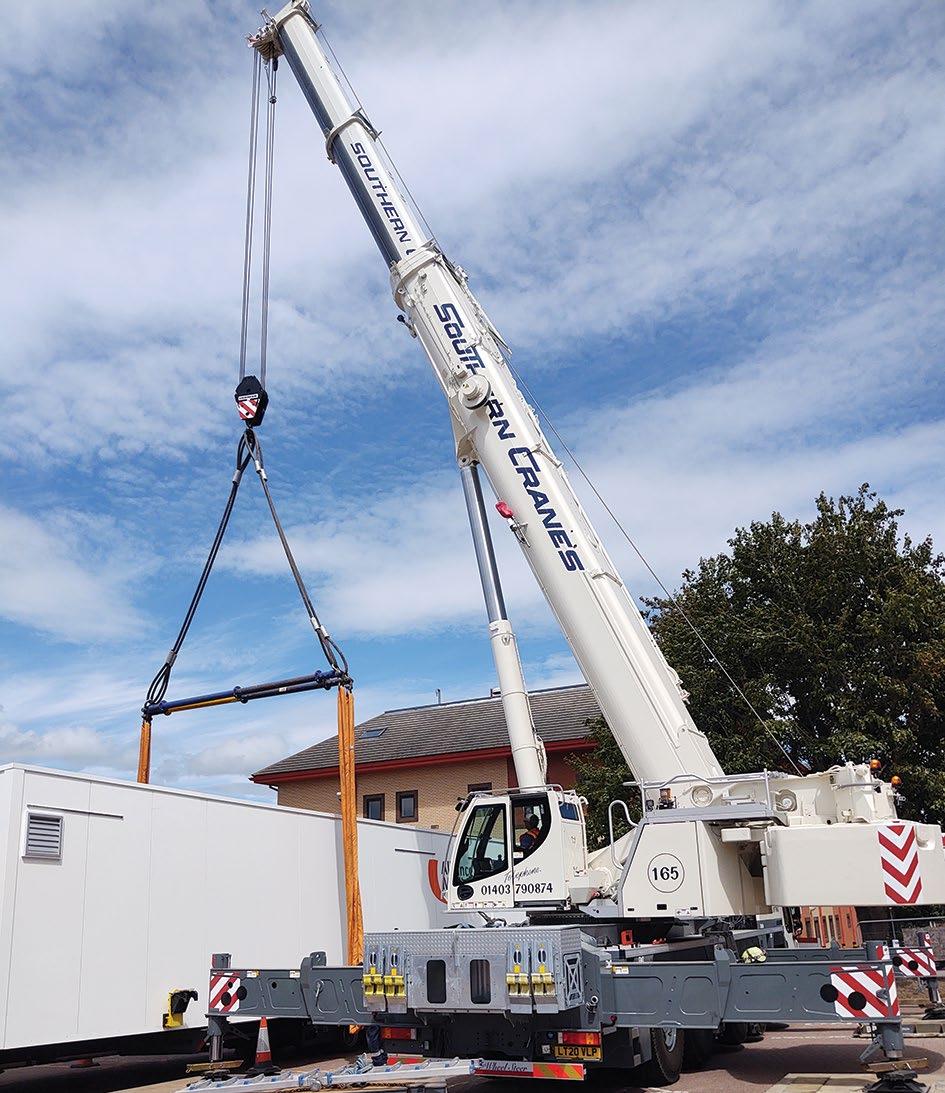heavy moving
c&a
Unconventional power Conventional fuels may be the energy source of yesterday, and renewables the innovation of the present, but tomorrow’s fuel could well be fusion power. The name of ITER, originally the International Thermonuclear Experimental Reactor, puns on the Latin ‘The Way'. The project is supported by the European Union, India, Japan, Korea, Russia and the United States. The global joint venture partners clearly believe fusion power is the way forward. At the ITER project in Southern France, this international group is building the world's largest tokamak, a magnetic fusion device that has been designed to prove the feasibility of fusion on a large scale, bringing a carbon free source of energy based on the same principle that powers the Sun and stars. Enerpac SyncHoist lifting systems are being used on the 100 acre site to assist with the assembly of a large vacuum vessel, which will host the fusion reaction, with plasma particles colliding to release energy at very high temperatures, held away from the vessel's walls by magnetic confinement. The vessel is made up of nine 500 tonne stainless steel sectors, each 13 metres high, 6.5 metres wide and 6.3 metres deep. The SyncHoists are lifting each sector 10 metres into an up-ending tool for vessel assembly by the ITER Sector Sub-Assembly Tool. Four Enerpac SyncHoist system 225 tonne capacity double acting push pull cylinders were attached to header beams on the assembly hall’s overhead crane via heavy web slings, modular spreader beams, with upper adjustment cylinders. As the centre of gravity for each vacuum vessel sector can vary from the theoretical calculations, the SyncHoists units were used to assess this on taking the load, to ensure that they were lifted as close to the
plane as possible. The sectors are delivered on rigging platforms, and a SyncHoist cylinder is connected to each of the platform’s four lifting points, allowing millimetre control at each corner of the load for the 10 metre lift to the up-ending tool. “It is essential that we hold the vacuum vessel sector in the plane during lifting,” says Jarl Buskop, the ITER assembly engineer. “SyncHoist allows us to know the load at each lifting point and control the lift precisely within a millimetre of accuracy. The SyncHoist is able to cope with variations in the centre of gravity and lift the vessel clear of its transportation frame where there is only 15 to 30mm of clearance.” To meet the project requirements, the one metre stroke hydraulic cylinders were made completely leakproof. The SyncHoist lifting system will also be used to lift toroidal magnet field coils for insertion in the vacuum vessel.
24 cranes & access November 2020














